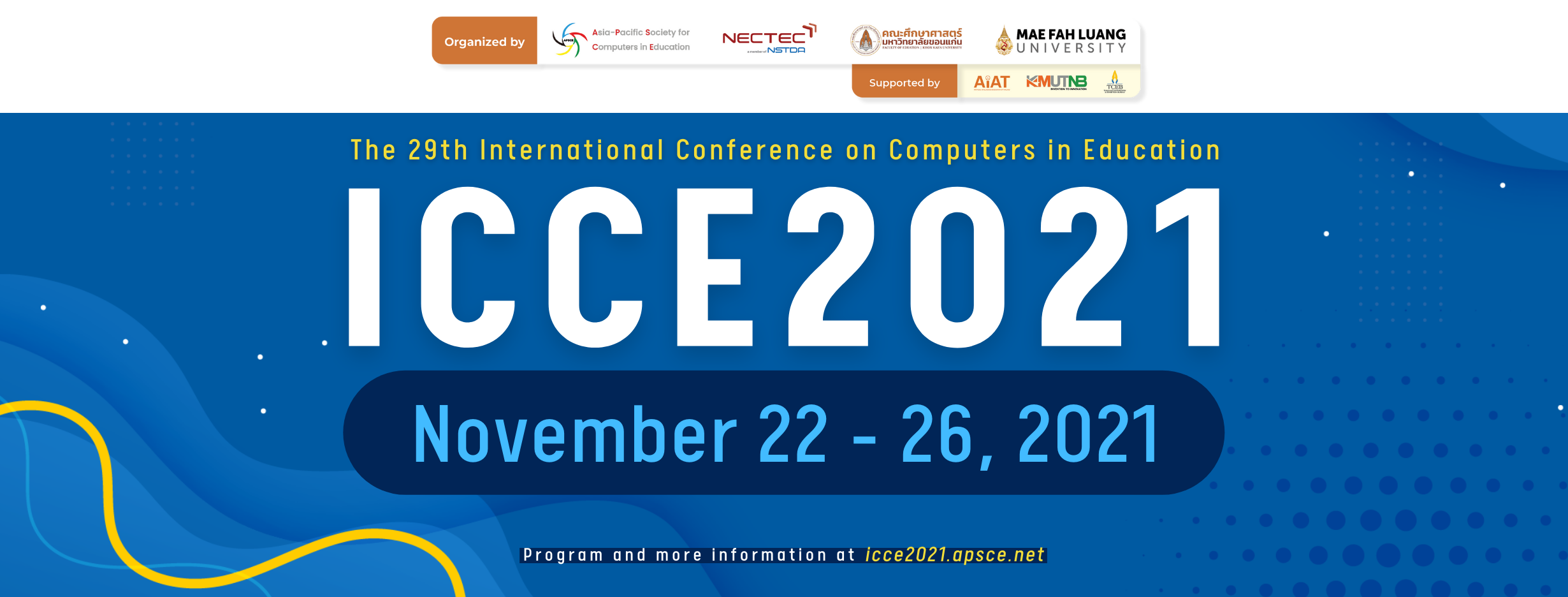Analysing Reachable and Unreachable Codes in App Inventor Programs for Supporting the Assessment of Computational Thinking Concepts
Abstract
Examining students’ programming artefacts is a practical and effective approach to assessing the development of students’ computational thinking (CT). Some tools can automatically assess students’ programming artefacts according to predefined rubrics. However, these tools may fail to properly assess students’ artefacts when unreachable codes exist. In this study, we designed an automatic assessment tool that can analyse reachable and unreachable codes independently in students’ App Inventor programs in static code analysis. Our tool counts reachable and unreachable codes separately to avoid potential bias. The designed tool can process students’ programs in a batch and calculate the average block frequency of all programs in the batch. The average block frequency provides teachers with an initial impression of the achievement of the entire class. Previous assessment tools have used predefined rubrics to assess students’ performance. We suggest that students’ understanding of CT concepts could be assessed by block frequency comparison with a known programming solution. By comparing the frequency of the reachable and unreachable code in the programs with that of the starter code, students’ progression in the task can be evaluated. By comparing the block frequency of these programs with a suggested solution, students’ difficulties in programming can be identified.Downloads
Download data is not yet available.
Downloads
Published
2021-11-22
Conference Proceedings Volume
Section
Articles
How to Cite
Analysing Reachable and Unreachable Codes in App Inventor Programs for Supporting the Assessment of Computational Thinking Concepts. (2021). International Conference on Computers in Education. https://library.apsce.net/index.php/ICCE/article/view/4157


